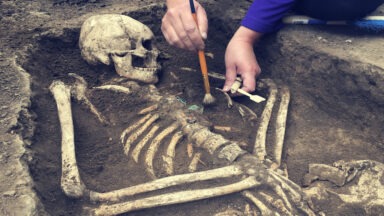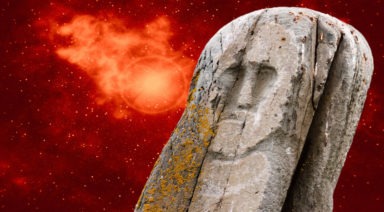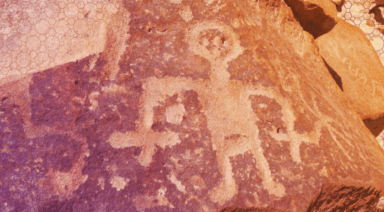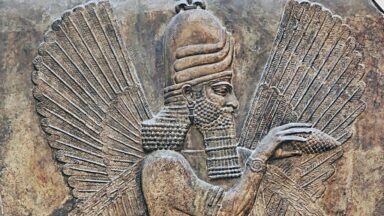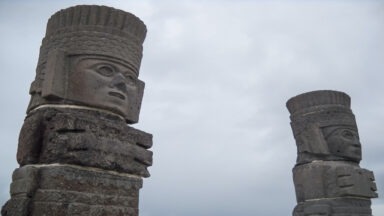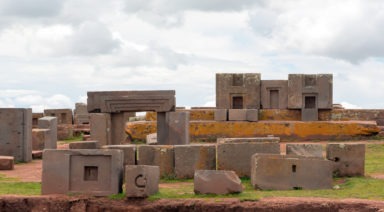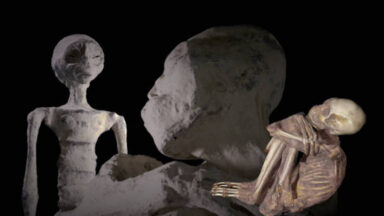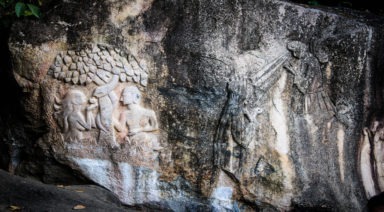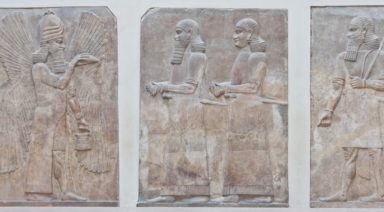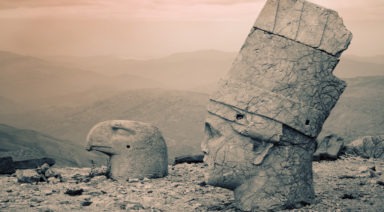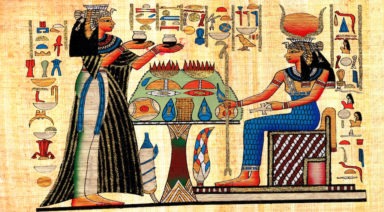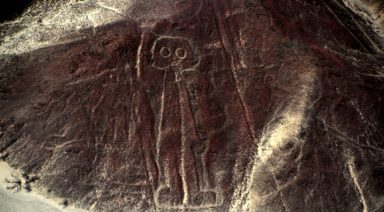11,000-Year-Old Shigir Idol Dated Twice as Old as the Pyramids
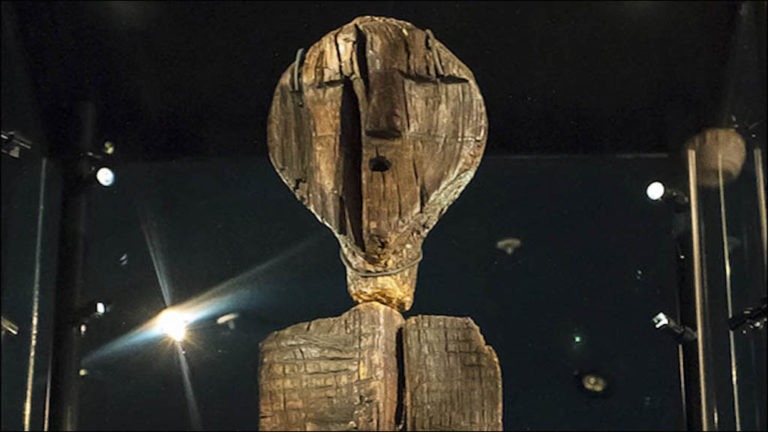
German researchers have discovered that a well-preserved, totem-like artifact, known as the Shigir Idol, is nearly 11,000 years old making it more than twice as old as the Egyptian Pyramids. The idol bears similar carvings to those found at the ancient temple ruins of Göbekli Tepe.
The team published its findings in the Cambridge University’s archeological publication Antiquity, calling it the oldest piece of monumental art. Radiocarbon dating originally placed the idol at roughly 9,000 years, though a more accurate technique, known as accelerator mass spectrometry dating, found its true age to be nearly 2,000 years older.
The 16-ft. tall, wooden statue was originally discovered by miners in a bog in the Sverdlovsk region of Russia in the late-1800s. It was preserved by anti-microbial properties of the peat it was found buried in, allowing it to survive since the end of the last ice age, during the Holocene era.
Decorated with human faces and zig-zagged carvings, the idol appears to be held together by a glue-like substance. Mikhail Zhilin, an archeologist involved with the study, said the totem may have been carved by hunter-gatherers to represent local forest spirits or demons.
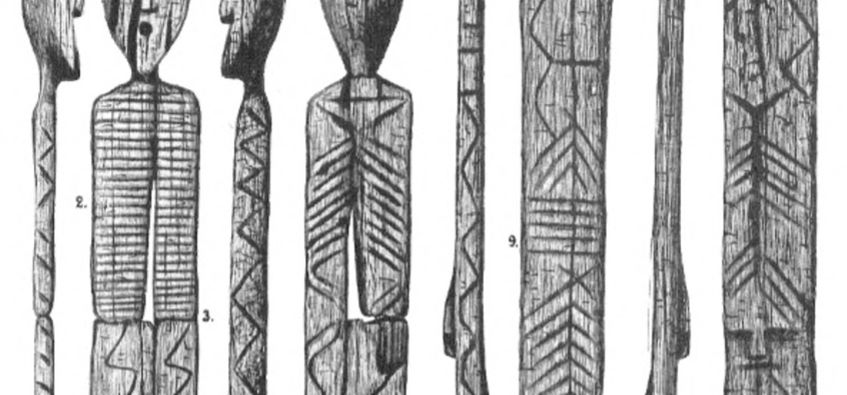
via salon.com
“They knew how to work wood perfectly,” Zhilin said.
Some experts believe the carvings in the statue may be hieroglyphs containing encrypted information describing the world at the time. A total of eight faces have been identified in addition to the idol’s myriad notches and etchings.
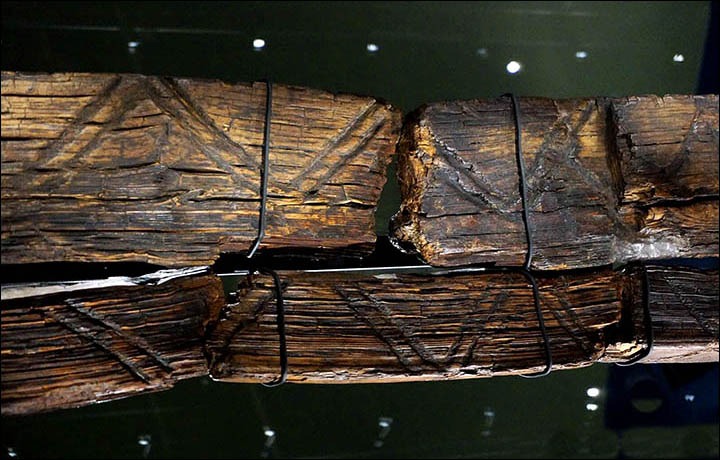
via siberiantimes.com
Researchers, including Graham Hancock, stated that the new dating of the idol may fit in with the Younger Dryas hypothesis, positing that a comet or large meteor struck the Earth around 12,900 years ago, creating a 1,200-year mini ice age.
Hancock says he believes this impact wiped out evidence of older, more advanced civilizations that may have existed then, giving us amnesia of an advanced ancestor.
The 11,000-year dating of the Shigir Idol also coincides with the age of Gobekli Tepe, the prehistoric temple ruins in southern Turkey that pushed back archeologists’ commonly held timeline of human civilization. The two parallel each other in that they prove our human ancestors at the time were capable of metaphysical and spiritual thought, contradicting mainstream theories that this sort of cognition didn’t occur until much later.
Thomas Terberger, a professor involved in the study, said, “We can say that in those times, 11,000 years ago, the hunters, fishermen and gatherers of the Urals were no less developed than the farmers of the Middle East.”
New Evidence Ties Younger Dryas Impact With Gobekli Tepe
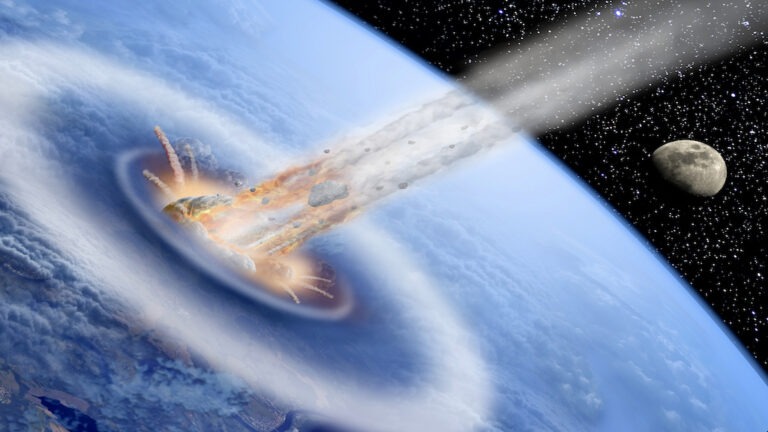
What could have triggered a sudden ice age 13,000 years ago, causing massive global destruction and dramatic cultural change? A new survey of decades of compelling scientific evidence strongly indicates that it came from the sky and gave rise to the very origins of civilization.
The Younger Dryas is the name given to a geological period that took place between 12,800 and 11,500 years ago. Marked by a suddenly occurring mini-ice age, this time was one of environmental catastrophe, worldwide animal extinctions, and major changes in human culture and population. While researchers have, for decades, been debating various explanations for these cataclysmic events, one controversial hypothesis now appears to be supported by evidence.
Dr. Martin Sweatman is a scientist at the University of Edinburgh who recently completed a thorough survey of this Younger Dryas Impact Hypothesis.
“There is now this impact hypothesis, which was developed and first stated in 2007, and it suggested that this geological period—this mini-ice age that lasted for 1,300 years—was triggered by a cosmic impact with fragments of a comet,” he said.
“And so since then, since 2007, there’s been a lot of research published, some for and some against this idea.”



